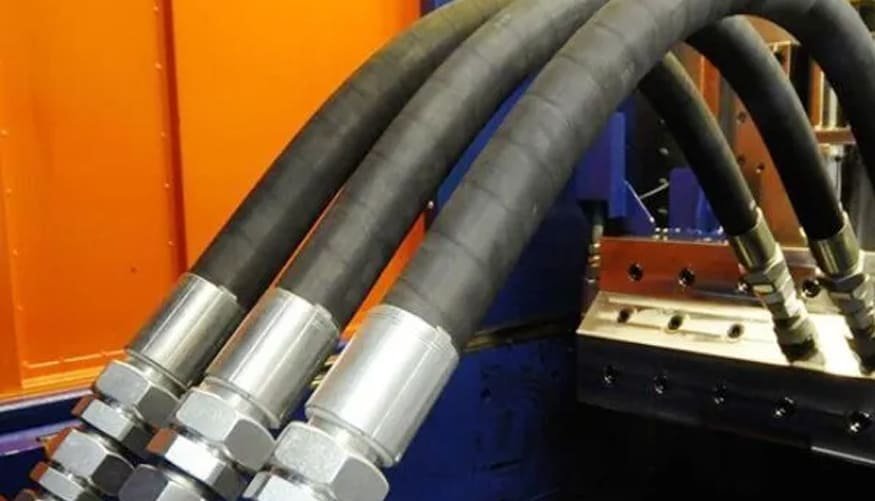소개:
EPDM 호스 are widely used in various industries due to their excellent properties, 풍화에 대한 저항성을 포함하여, high temperatures, 그리고 화학물질. 하지만, concerns about their vulnerability to cracking have been raised. 이 기사에서는, we will delve into the question, “Does EPDM hose crack?” and explore the factors that contribute to cracking, preventive measures, and maintenance practices to ensure optimal hose performance.
Understanding EPDM Hose:
EPDM (에틸렌 프로필렌 디엔 단량체) is a synthetic rubber widely used in the manufacturing of hoses. It offers exceptional resistance to heat, 오존, 풍화, 그리고 화학물질, making it a popular choice for applications in the automotive, 공조, plumbing, 및 산업 부문. Despite their remarkable durability, EPDM hoses can potentially develop cracks over time if not correctly maintained or exposed to adverse conditions. manufacturing of hoses. It offers exceptional resistance to heat, 오존, 풍화, 그리고 화학물질, making it a popular choice for applications in the automotive, 공조, plumbing, 및 산업 부문. Despite their remarkable durability, EPDM hoses can potentially develop cracks in the manufacturing of hoses. It offers
Factors Contributing to Cracking:
Age and Exposure: EPDM 호스, 다른 재료와 마찬가지로, deteriorate over time. Extended exposure to sunlight, 극한의 온도, harsh chemicals, and environmental pollutants can accelerate the aging process, leading to the formation of cracks.
Flexibility and Bending: Frequent bending, 뒤틀림, or flexing of EPDM hoses can strain the material, especially at stress points. 시간이 지남에 따라, this repetitive movement can weaken the hose structure and make it more susceptible to cracking.
Pressure and Temperature Variations: Rapid changes in pressure and temperature can impact the integrity of EPDM hoses. Constant exposure to high-pressure environments or drastic temperature fluctuations can cause the material to expand and contract, eventually leading to cracking.
Preventive Measures and Maintenance:
올바른 설치: Ensure the EPDM hose is installed correctly, considering factors such as temperature range, 압력 등급, and compatibility with the application. This includes using suitable fittings, 클램프, and connectors to prevent excessive strain or stress on the hose.
정기점검: Perform routine visual inspections to identify any signs of wear, degradation, or cracking. Pay attention to areas exposed to sunlight, 화학, or extreme temperatures. Promptly replace hoses that show signs of deterioration to prevent unexpected failures.
Protective Covering: Consider using protective coverings, such as abrasion-resistant sleeves or heat shields, to shield EPDM hoses from external elements that could cause damage or premature cracking.
Proper Storage: When not in use, store EPDM hoses in a clean, dry environment away from direct sunlight, 극한의 온도, 그리고 화학물질. This will help prolong their lifespan and minimize the risk of cracking.
결론:
EPDM hoses are generally durable and reliable, offering excellent resistance to various environmental conditions. 하지만, they are not immune to cracking, which can occur over time due to factors such as aging, exposure, flexing, and pressure variations. By implementing preventive measures, conducting regular inspections, and practicing proper maintenance, the lifespan of EPDM hoses can be extended, ensuring optimal performance and minimizing the risk of cracking. 기억하다, a proactive approach towards hose maintenance is crucial for maintaining the efficiency and safety of your applications.



